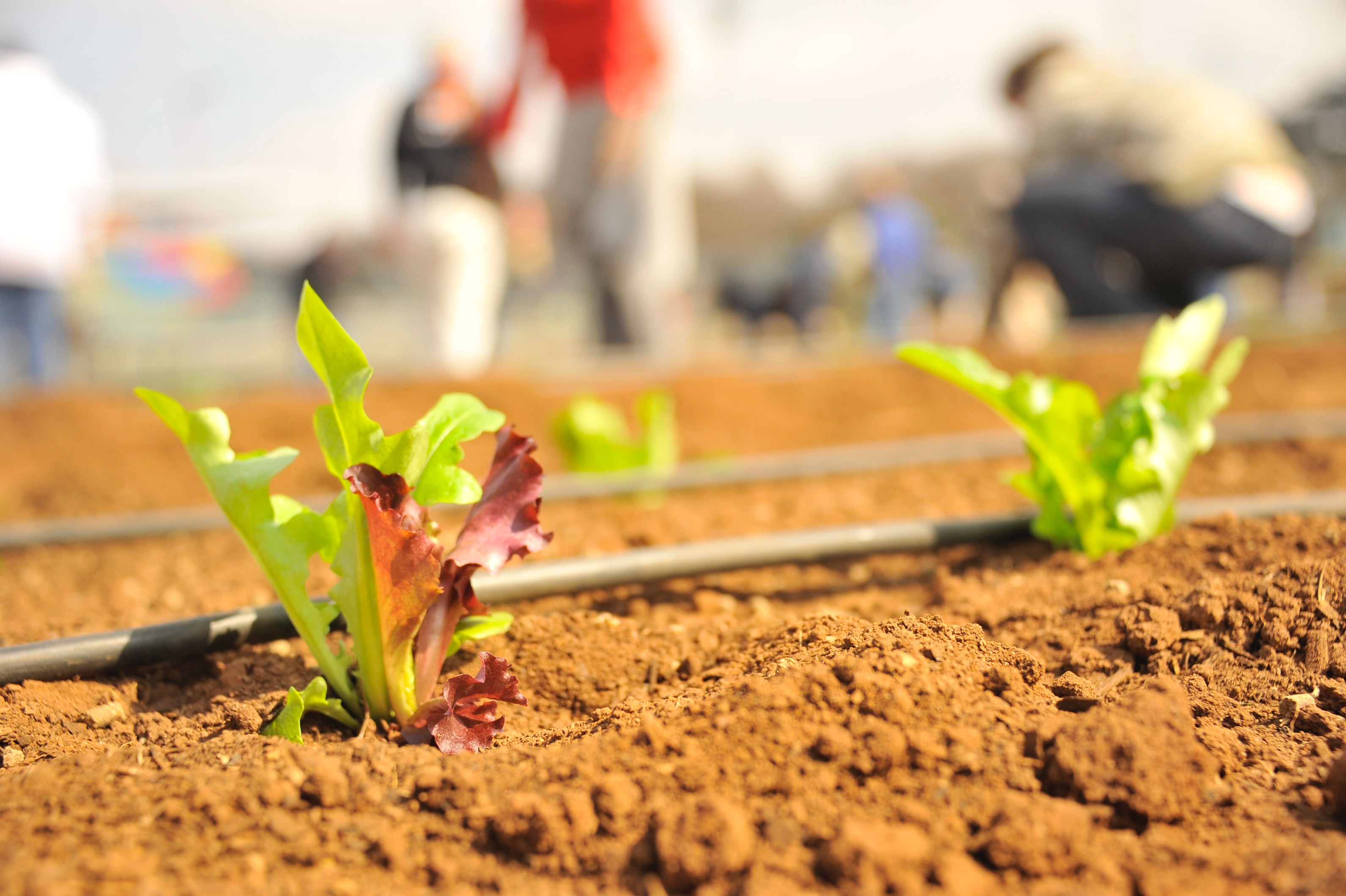Participatory agriculture

Community-Supported Agriculture instead of farms being decimated
Milk war, free trade and a plethora of ever-new editions, paternalism and declining revenues with rising costs - the list of occasions for green crosses on German fields is long and frustrating. Those who cannot produce en masse today will lose the price war, pour away the milk and bury the vegetables. At the same time, the demand for regionally produced food increases year after year. Community-Supported Agriculture (CSA) offers a way out of this downward spiral and has been saving the farmer's farm worldwide for decades.
Community-Supported Agriculture (CSA) - what exactly is it?
Collectively deciding, sharing the risk, as well as the food and cooperation - these are the pillars of Community-Supported Agriculture, which has spread from Japan to the world since the 1960s. In concrete terms, this means that agricultural enterprises form a network with private households and finance not only the products but the entire regional agriculture through the contributions of their members. Responsibility, risk, costs and harvest are shared in the network.
In the USA and Canada there are about 1400 Community-Supported farms with about 100,000 participating families. In Germany, there will be around 300 CSAs in 2020 and the number is rising.
Who is Community-Supported farming suitable for?
Community-Supported Agriculture is suitable for farmers, for example, who are faced with the question of whether they can survive another year of food price wars or whether they would rather sell their farm right away.
By founding a CSA, they exchange dumping prices and purchase risk for planning security and community support. Beyond the constraints of the market economy and marketing efforts, they find scope for their own ideas. The personal contact between producers and consumers increases the motivation and appreciation of their own work.
Of course, CSA is not the right alternative for everyone. A high degree of coordination can slow down processes and holds conflict potential. Making joint decisions and exchange can be tedious and is new for many people. It makes sense to seek advice on the spot and to think through different collective forms of organization. Otherwise the initial enthusiasm will quickly turn into disillusionment, quarrelling and dissolution of the group.
Sounds good but how does it work?
If you want to convert your farm to CSA, you can either contact one of the many existing communities or find a CSA yourself. In the latter case, the Community-Supported Agriculture Network offers extensive advice and support. For five euros a month, German members, for example, benefit from well-established communication structures, advice from farmers, and consumers, and support in all steps of the founding process.
And this is how it works:
1. Determination of needs: Are there any interested parties in the immediate vicinity?
2. Member recruitment: This works best by word of mouth.
3. Information events: Interested parties learn concrete details about the operation and organization of a CSA
4. Concept development: The concept is developed in a collective process. It must be decided which food is to be produced, how Community-Supported Agriculture is to be financed and which legal form is best for the group.
Questions about the distribution of the harvest, communication within the group and the opportunities for consumer participation must also be clarified. It makes sense to work on the detailed questions in small groups and then discuss the results in the group.
Jointly borne risk and solidary cooperation instead of endless growth and exploitation of the environment, animals and humans make up the work within Community-Supported Agriculture. The close relationship between producers and consumers protects the farms and promotes diversity. The supply of food is thus more resilient in times of crisis and less marked by waste.
Community-Supported Agriculture is therefore a 60-year-old model with great potential for the agriculture of the future.
How do you see this? Is Community-Supported Agriculture also an idea with a future for you or do you prefer not to let the end consumer in on business decisions?


Comments
No Comments